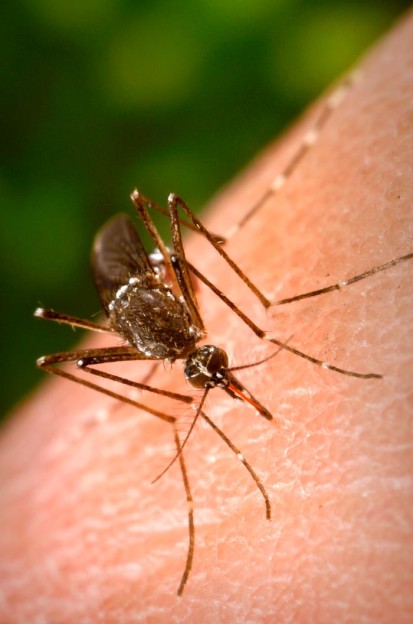Singapore environmental officials are on the verge of reporting more than 1000 dengue fever cases for the fifth week in a row, as the numbers continue to mount in the city-state.

Between July 5 to 8, 887 cases have been reported, sure to surpass 1000 today. The total dengue case count as of now is 16,157.
Experts believe the total number of cases this year is expected to exceed the 22,170 cases reported in 2013, the largest dengue outbreak in Singapore’s history.
16 fatalities have been reported to date.
The number of active dengue clusters reported continues to rise. As of 6 July 2020, there are 362 active dengue clusters reported, where intensive dengue transmission is ongoing. This is an increase of 39 clusters from the previous week. With the concerted efforts of the community and stakeholders, the 81-case cluster at Chun Tin Rd, 69-case cluster at Bideford Road, 58-case cluster at Braddell Rd and 57-case cluster at Angklong Lane are closed.
However, there are still large clusters located at Woodleigh Close, Aljunied Road / Geylang Road, Bukit Panjang Ring Road, Arthur Road and Leicester Road / Potong Pasir Avenue1, where intensive vector control operations are ongoing.
The National Environment Agency strongly urge owners of premises and occupants to do their part and pay close attention to any mosquito breeding or adult mosquitoes present in their premises, take the necessary steps to prevent or remove them, and protect themselves from mosquito bites. These include:
- Regularly doing the Mozzie Wipeout and removing any stagnant water :
- Turn the pail
- Tip the vase
- Flip the flower pot plate
- Loosen the hardened soil
- Clear the roof gutter and drains within compounds, and place Bacillus thuringiensis israelensis (Bti) insecticide inside
- Spraying insecticide at dark corners of the premises, for example under the sofa and bed, behind the curtains and in the toilets
- Applying mosquito repellent to protect themselves from mosquito bites
- Using mosquito screens
- Using spatial mosquito repellent (e.g. mosquito coil) in well-ventilated areas of the home
.
- Prison COVID-19 cases five times higher and prison COVID-19 death rate three times higher than general population
- Antibiotic recalled: One lot of Mylan’s Daptomycin for Injection, Presence of particulate matter found
- FDA warning: False Positive Results with BD SARS-CoV-2 Reagents for the BD Max System
- Prion disease: Technician in France diagnosed with vCJD more than 7 years after lab exposure
- Philippines reports 2500 additional COVID-19 cases, Country total tops 50K
- SARS-CoV-2: EPA approves two Lysol products for surface disinfection


One thought on “Singapore dengue outbreak: More than 16K cases, 5 consecutive weeks of more than 1000”